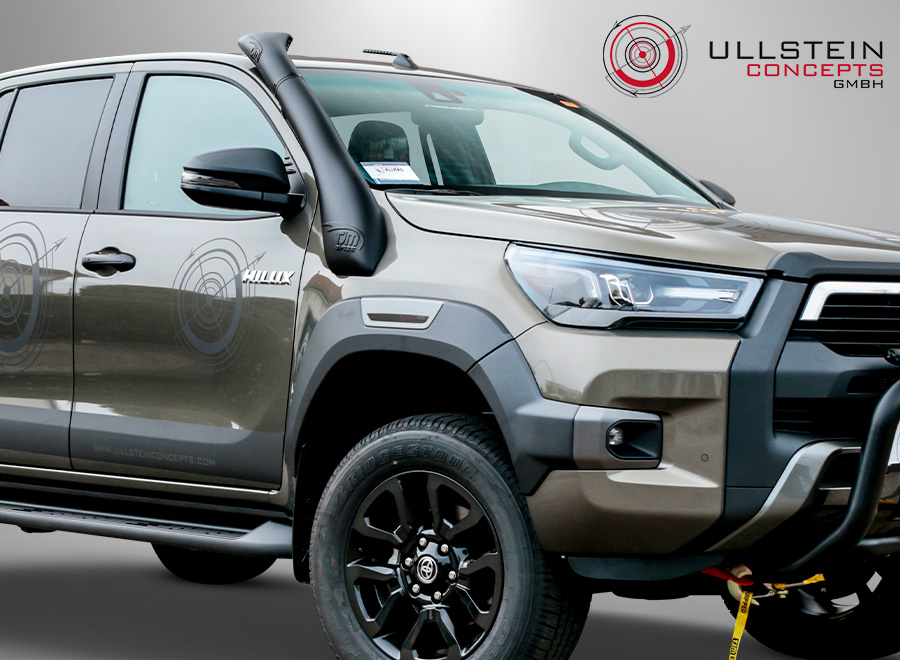Unmasking the Enigma: The Toyota Hilux Snorkel
As a home design enthusiast, vehicle-adaptable architecture is a topic that particularly fascinates me. Today, I want to talk about a seemingly peculiar accessory that has been capturing attention lately – the Snorkel attached to the Toyota Hilux. You may be asking yourself, what exactly is a Snorkel and why does a vehicle like the Hilux need it? Beyond its rather unusual look on the outside, what impact does a snorkel have on vehicle performance?
The aim of this blog is to delve deep into the conversation regarding Toyota’s Hilux Snorkel’s functionality and utility. We’ll venture into its benefits and drawbacks and how attachment or disuse could influence both driver and vehicle performance while unraveling if its design feature manages to meet both aesthetic and practical measures. But first, let’s take you through why the spotlight on this quirky addition.
Decoding the Snorkel Phenomenon
What is A Snorkel?
Bolted on the side and arching high above the roofline, the snorkel on the toyota hilux snorkel at first may seem like a misplaced piece of marine equipment. Primarily, a snorkel allows for cleaner air intake and prevents water from entering your engine during water crossings making your outdoor escapades safer and more manageable.
The Functionality Quotient
The Snorkel may initially appear as a mere accessory but it plays a vital role in the Hilux’s off-road capabilities. While people assume it’s just for water crossings, it equally aids in tackling dusty roads by reaching for cleaner, cooler air above.
Why Toyota’s Hilux Specifically?
Hilux’s reputation as a reliable, rugged off-road vehicle combines harmoniously with the snorkel’s function, enhancing its off-road prowess while ensuring engine longevity.
The Dual Edges: Pros and Cons of Toyota Hilux Snorkel
Pros of the Snorkel
Aside from pulling in cleaner, less dusted air, reducing the risk of water ingress, and aiding fuel economy, the snorkel allows for deeper water wading and adds a raw, adventurous appeal to your Hilux.
Cons of the Snorkel
It’s not all smooth sailing. The installation can be costly, invasive, and potentially voids warranty on a new vehicle. Plus, inadequate fitting can risk damage as much as water crossings without it.
The Aesthetic & Practical Debate
Arguably, the look of the snorkel may feel too aggressive or off-putting for some. Though, for others, it’s a design statement owning to their adventure streak while adding a distinct aesthetic flavor to the robust Hilux.
Wrapping it Up: To Snorkel or Not to Snorkel
The snorkel feature has a clearly defined utility purpose, but its visual appeal may vary from person to person. It can be an efficient accessory for off-road adventurers and dusty road dwellers while also serving as a design differentiator.
Whether your intention for the Hilux is for off-trail conquering, a suburban commute, or maybe even both, the decision to attach a snorkel depends on your use and aesthetic preference. Before you make the call, remember that it should be an informed decision. Consider the benefits and drawbacks carefully, evaluate your needs, usage, and design inclination, and choose what serves you best.
In the world of home and design, where functionality often meshes with aesthetics, the Toyota Hilux Snorkel stands as a perfect embodiment of this principle.














